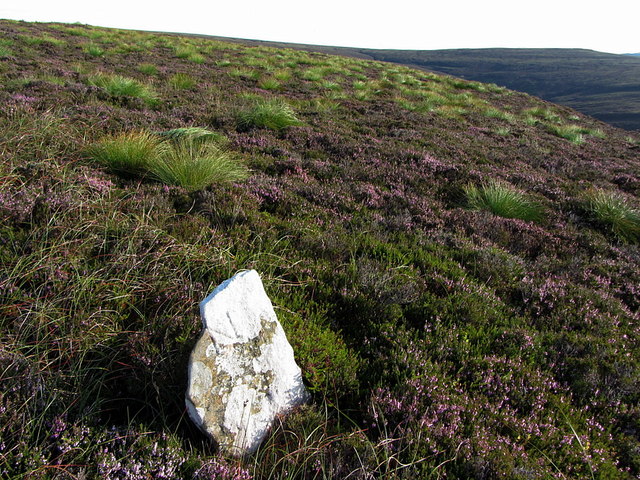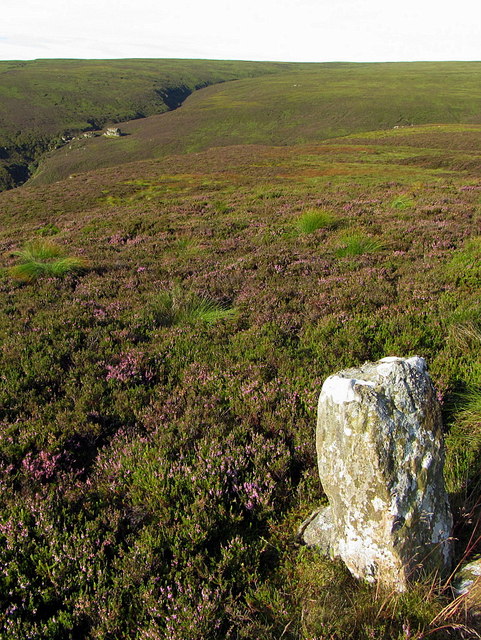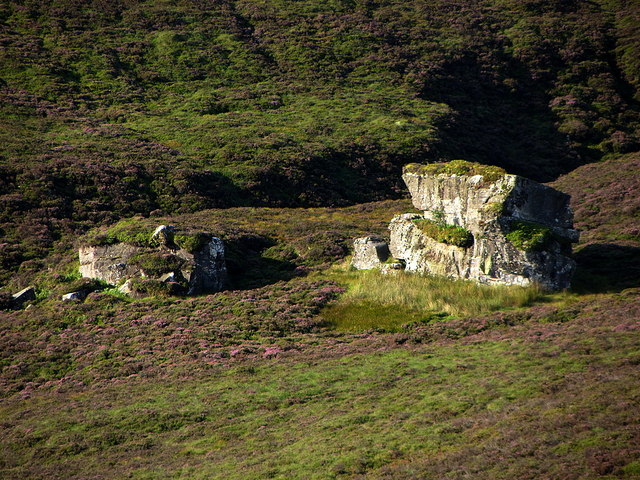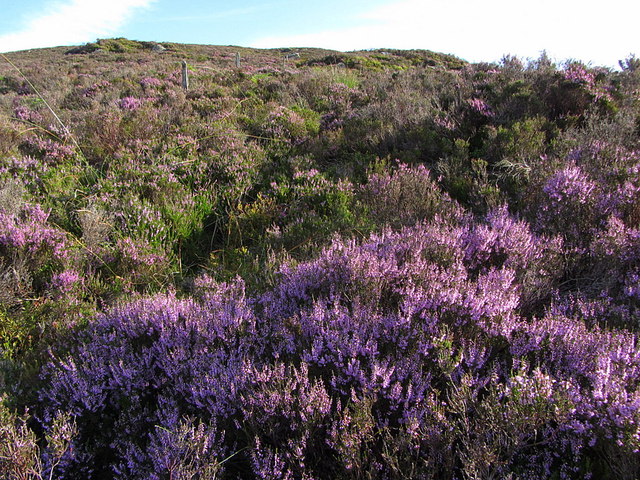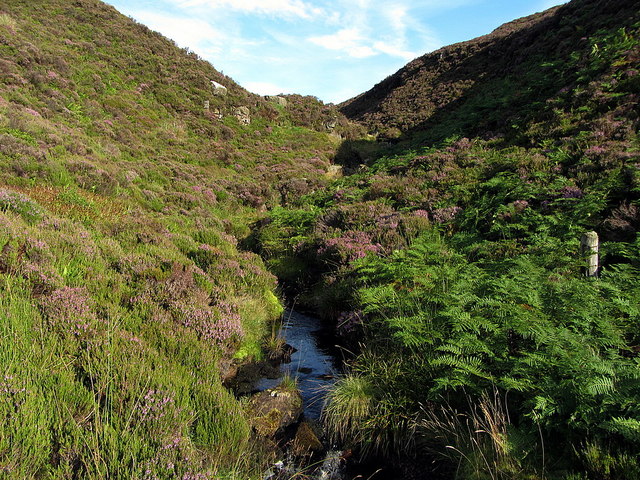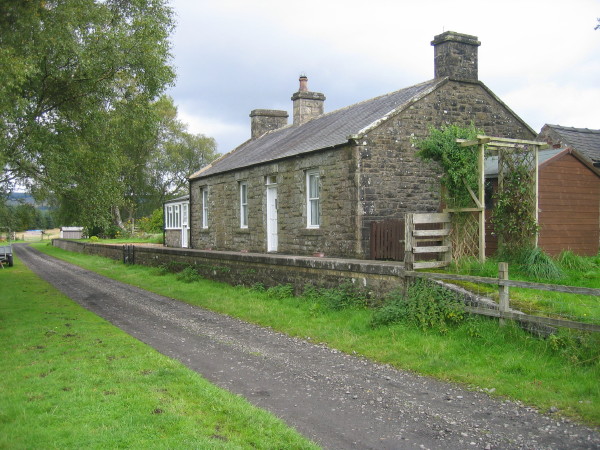William's Cleugh
Valley in Northumberland
England
William's Cleugh
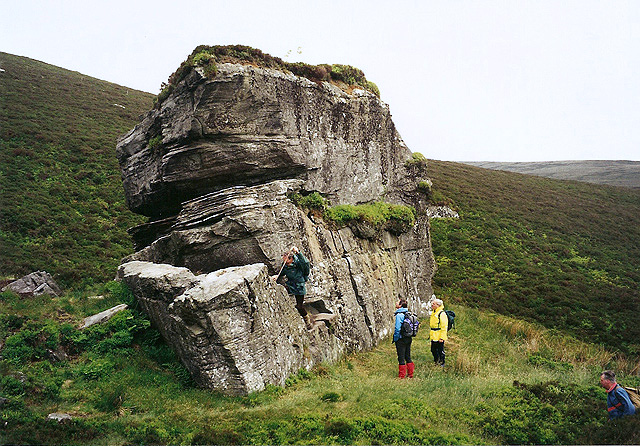
William's Cleugh is a picturesque valley located in Northumberland, a county in the northeast of England. Nestled amidst the stunning Northumberland National Park, the Cleugh is renowned for its natural beauty and tranquil surroundings. The valley stretches for approximately 4 miles, offering visitors a peaceful escape from the hustle and bustle of city life.
The Cleugh is characterized by rolling hills, lush green meadows, and a meandering river that flows through its heart. The river, named the William's Burn, adds to the charm of the valley with its crystal-clear waters and soothing sounds. The valley is also adorned with dense woodlands, filled with a variety of native trees such as oak, ash, and birch.
The William's Cleugh is a haven for wildlife enthusiasts and nature lovers. The valley is home to a diverse range of flora and fauna, including red squirrels, otters, and a variety of bird species. The abundance of wildlife makes it an ideal spot for birdwatching and wildlife photography.
For those seeking outdoor adventures, the Cleugh offers numerous walking trails and hiking routes. Visitors can explore the valley's beauty by following the footpaths that wind through the hills and meadows. The valley also provides opportunities for fishing in the river and picnicking in the scenic spots along its banks.
Overall, William's Cleugh is a hidden gem in Northumberland, offering visitors a serene and idyllic experience amidst nature's splendor. Whether one is looking for a peaceful retreat, an opportunity to spot wildlife, or an adventure in the great outdoors, the Cleugh provides a perfect destination.
If you have any feedback on the listing, please let us know in the comments section below.
William's Cleugh Images
Images are sourced within 2km of 55.288128/-2.5542231 or Grid Reference NY6499. Thanks to Geograph Open Source API. All images are credited.

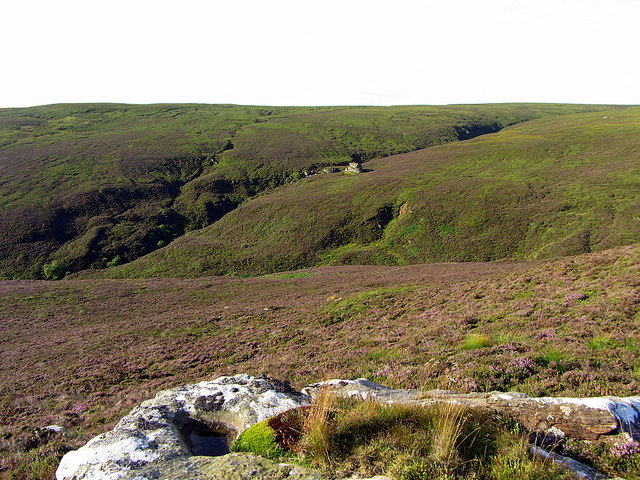
![The Kielder Stone The Kielder Stone (or &#039;Stane&#039; as it is called on the Scottish side of the Border which it marks) is also known as the Girdle Stone or Rocking Stone. I safely walked around it several times, albeit clockwise, to avoid incurring the wrath of &#039;the little brown man of the moors&#039;.
&#039;The Kielder Stone&#039;, a poem by Wilfred Wilson Gibson, recounts the terrible consequenses of passing round the stone in the wrong direction:
&quot;Three times round the Kielder Stone
Widdershins I walked alone —
And his little son was born
Lifeless on the morrow&#039;s morn.&quot;
It has been described as the second largest boulder in Northumberland (the largest being the Drake Stone, above Harbottle). The sandstone erratic weighs about 1600 tons and was probably moved to its present location by the action of glaciers. During the times of the Border Reivers, the Wardens of the Marches of both the Scottish and English side would use the Stone as a meeting place and a letter drop. Today the clefts of the boulder hide both a geocache and visitors&#039; log book, retaining the tradition.
Sir Walter Scott added much to the romantic mystery of the Kielder Stone in recounting in his Poetical Works (1838), &#039;The Cout [Chief] of Keeldar&#039;, a Border Ballad by John Leyden, in which the chief is pursued back across the Border, past the Kielder Stone, and eventually killed by Lord Soulis&#039; men after an ill-fated raid on his castle:
Green vervain round its base did creep,
A powerful seed that bore;
And oft, of yore, its channels deep
Were stain’d with human gore.
And still, when blood-drops, clotted thin,
Hang the gray moss upon,
The spirit murmurs from within,
And shakes the rocking stone.
There was no vervain to be seen today but certainly some hanging grey moss <a href="https://www.geograph.org.uk/photo/4113408">NT6300 : Lichen 'beard' on the Kielder Stone</a>](https://s1.geograph.org.uk/geophotos/04/11/33/4113353_c498d1d3.jpg)


William's Cleugh is located at Grid Ref: NY6499 (Lat: 55.288128, Lng: -2.5542231)
Unitary Authority: Northumberland
Police Authority: Northumbria
What 3 Words
///downturn.lifetimes.pelt. Near Rochester, Northumberland
Nearby Locations
Related Wikis
Deadwater railway station
Deadwater railway station is a closed railway station situated on the border between England and Scotland at the head of the North Tyne River. The station...
Deadwater, Northumberland
Deadwater is a small settlement in Northumberland, England, about 3 miles (5 km) north west of Kielder, Northumberland, on the English side of the border...
Kielder Forest Star Camp
The Kielder Forest Star Camp is an annual star party held each autumn and spring in Kielder Forest. The five night event is based on the Kielder Campsite...
Butteryhaugh
Butteryhaugh is a village in Northumberland, in England. It is situated a short distance to the south-east of Kielder. Although a separate "village" from...
Have you been to William's Cleugh?
Leave your review of William's Cleugh below (or comments, questions and feedback).
